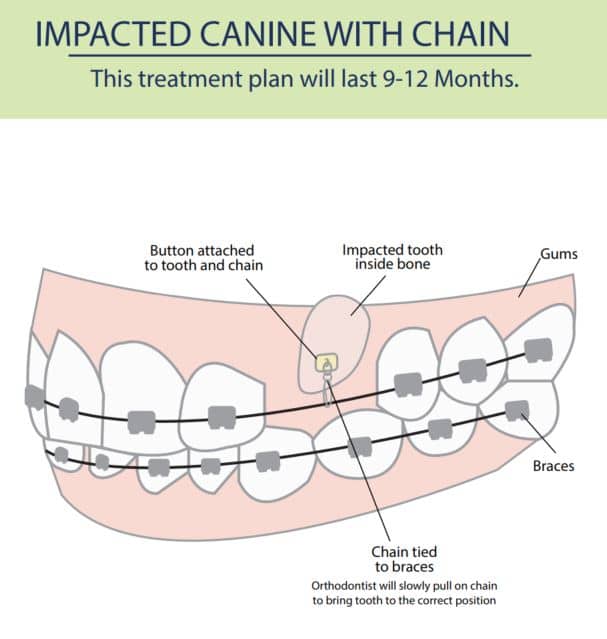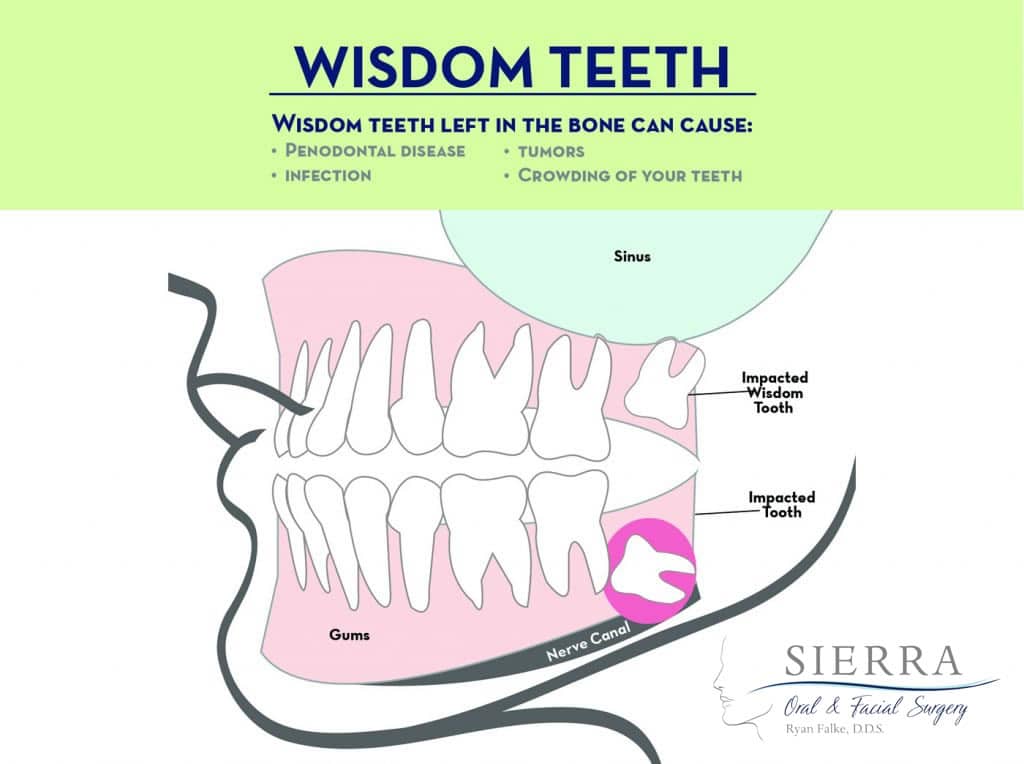What are wisdom teeth?
Wisdom teeth are the third and final set of molars that most people get in their teens or early twenties. Very often, they are misaligned or impacted and require removal. Poor alignment of wisdom teeth can crowd or damage adjacent teeth, the jawbone, or nerves. They are also more prone to tooth decay and gum disease because their hard-to-reach location and awkward positioning makes brushing and flossing difficult.
What does it mean if they are impacted?
Wisdom teeth also can be impacted when they are enclosed within the gums and/or the jawbone or only partially break through or erupt through the gum. Partial eruption of the wisdom teeth allows an opening for bacteria to enter around the tooth and cause an infection, which results in pain, swelling, jaw stiffness, and general illness.



